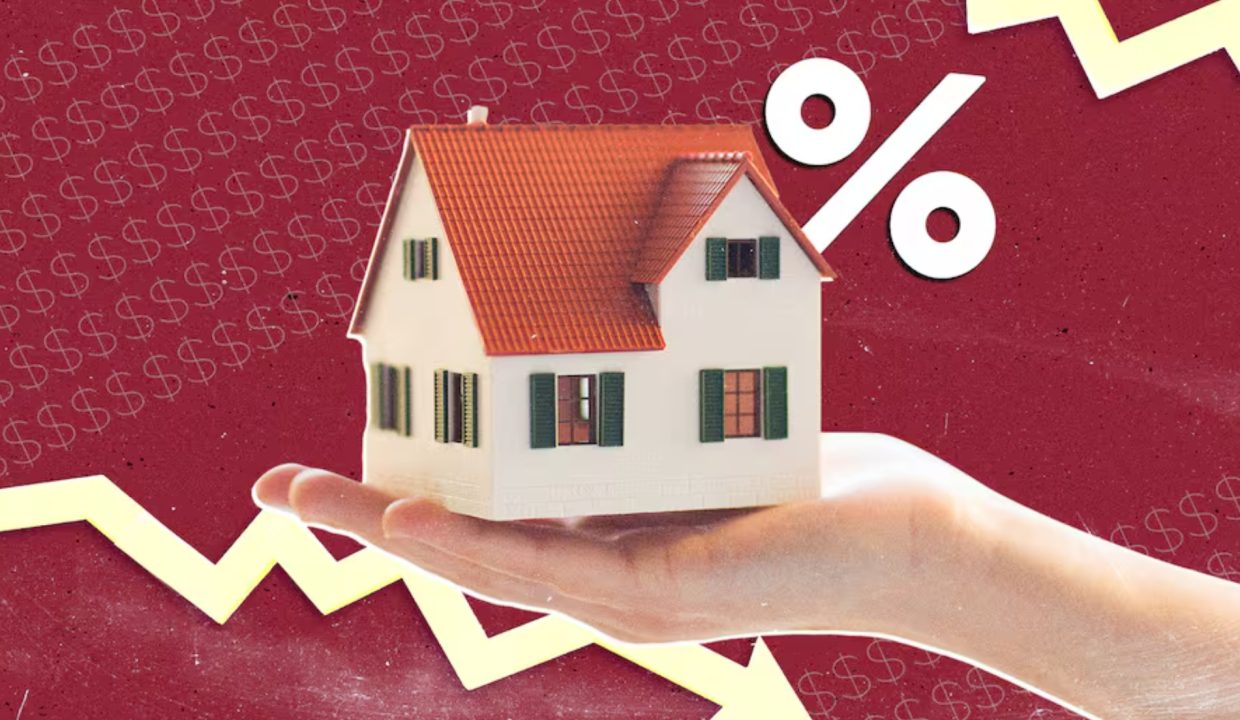
공식 기준금리(OCR) 인하 이후 모기지 금리 선택의 기준은?
After OCR cut, which home loan rate should you choose?
As the Reserve Bank of New Zealand (RBNZ) has recently lowered the Official Cash Rate (OCR), consumers are faced with critical decisions regarding their mortgage rates. This development has led banks to begin adjusting their rates, resulting in a range of fixed-rate options emerging in the market.
Currently, major banks offer 1-year fixed mortgage rates between 6.59% and 6.85%, while 2-year fixed rates range from 5.99% to 6.34%. Notably, Westpac has introduced a 5-year fixed rate of 5.69%, a level not seen on average since early 2022.
ASB is offering a 2-year fixed rate of 5.99%, which is considered the lowest since the third quarter of 2022. Despite this, with rates expected to continue falling, the central bank forecasts the OCR will drop to 3%. Some economists argue that the OCR needs to decline further.
ASB’s Chief Economist, Nick Tufley, noted, “There is no clear answer at the moment regarding which fixed rate is the cheapest,” explaining that historically, 1-year fixed rates were often the most economical, but this is no longer necessarily the case. He indicated that a 2-year fixed rate offers significant value compared to shorter-term options, suggesting it is an appropriate choice given the current conditions.
Tufley emphasized that for switching from a 1-year fixed rate at 6.59% to a 2-year fixed rate at 5.99% to be advantageous, the 1-year rate would need to fall to approximately 5.4% within a year. He added that if rates fall sharply in the short term, those with 2-year fixed rates might not benefit immediately.
He explained that the current 6-month and 2-year fixed rates prioritize flexibility, while longer-term fixed rates of 3-5 years do not offer substantial value. Market forecasts suggest that a 2-year fixed rate generally provides better value.
Economists observe that current rates already reflect significant easing, and short-term fixed options may offer more flexibility for buyers. However, they caution that even if the benchmark rate drops to 3.25%, long-term fixed rates could still be a better option.
Looking forward, if rates stabilize or decrease further, short-term fixed rates might prove more advantageous at the current level. ASB economists predict that the decline in long-term rates over the coming months will not be as pronounced as that for short-term rates, recommending a strategic approach tailored to individual budgets.

공식 기준금리(OCR) 인하 이후 모기지 금리 선택의 기준은?
최근 중앙은행(RBNZ)이 공식 기준금리(OCR)를 인하한 가운데, 모기지 금리에 대한 소비자들의 선택이 중요해지고 있다. 이로 인해 은행들이 금리 조정을 본격적으로 시작했으며, 다양한 고정 금리 옵션이 시장에 등장하고 있다.
현재 주요 은행들의 1년 고정 모기지 금리는 6.59%에서 6.85% 사이이며, 2년 고정 금리는 5.99%에서 6.34% 사이로 나타나고 있다. 특히 웨스트팩은 5년 고정금리를 5.69%로 제시하고 있으며, 이는 2022년 초 이후 평균적으로 보지 못했던 수준이다.
ASB는 2년 고정 금리 5.99%를 제공하고 있으며, 이는 2022년 3분기 이후 가장 낮은 수준으로 평가된다. 그러나 금리가 계속해서 하락할 것으로 전망되면서, 중앙은행은 OCR이 3%로 떨어질 것이라고 예측하고 있다. 이와 함께 일부 경제학자들은 OCR이 더 낮아져야 한다고 주장하고 있다.
ASB의 수석 이코노미스트 닉 터플리는 “현재로서는 어떤 고정 금리가 가장 저렴할지에 대한 명확한 답이 없다”며, 역사적으로는 1년 단위 고정이 가장 저렴했지만 현재는 그렇지 않다고 설명했다. 그는 “2년 고정 금리는 단기 상품에 비해 상당히 좋은 가치가 있다”며, 현재 상황에서 2년 고정 금리가 적절하다고 언급했다.
터플리는 1년 고정 금리를 6.59%로 설정한 후, 2년 고정 금리 5.99%로 전환하는 것보다 더 나은 조건이 되려면 1년 안에 1년 금리가 약 5.4%로 떨어져야 한다고 강조했다. 그는 만약 금리가 단기간에 급격히 하락하면, 2년 고정금리를 선택한 사람들이 즉각적인 혜택을 받지 못할 수 있다고 덧붙였다.
그는 “현재 6개월 및 2년 고정 금리는 유연성에 중점을 두고 있다”고 설명하며, 3~5년 등 장기 고정 금리에는 큰 가치가 없다고 평가했다. 금리 시장의 전망에 따르면, 2년 고정 금리가 일반적으로 더 나은 가치를 제공할 것이라고 보인다.
경제학자들은 현재의 금리 수준에 이미 상당한 금리 완화가 반영되어 있으며, 단기 고정 조건이 구매자에게 더 많은 선택권을 제공할 것이라고 보고 있다. 그러나 기준금리가 3.25%까지 내려가더라도, 현재로서는 장기 고정 금리가 더 나은 선택이 될 수 있다고 경고했다.
장기적으로 금리가 안정세를 보이거나 더 낮아지면, 현재의 금리 수준에서 단기 고정 금리가 더 유리할 수 있다는 전망도 있다. ASB의 경제학자들은 앞으로 몇 달 동안 단기 금리만큼 장기 금리의 하락폭이 크지 않을 것으로 예상하며, 개인의 예산에 맞는 전략적 접근이 필요하다고 제안했다.
